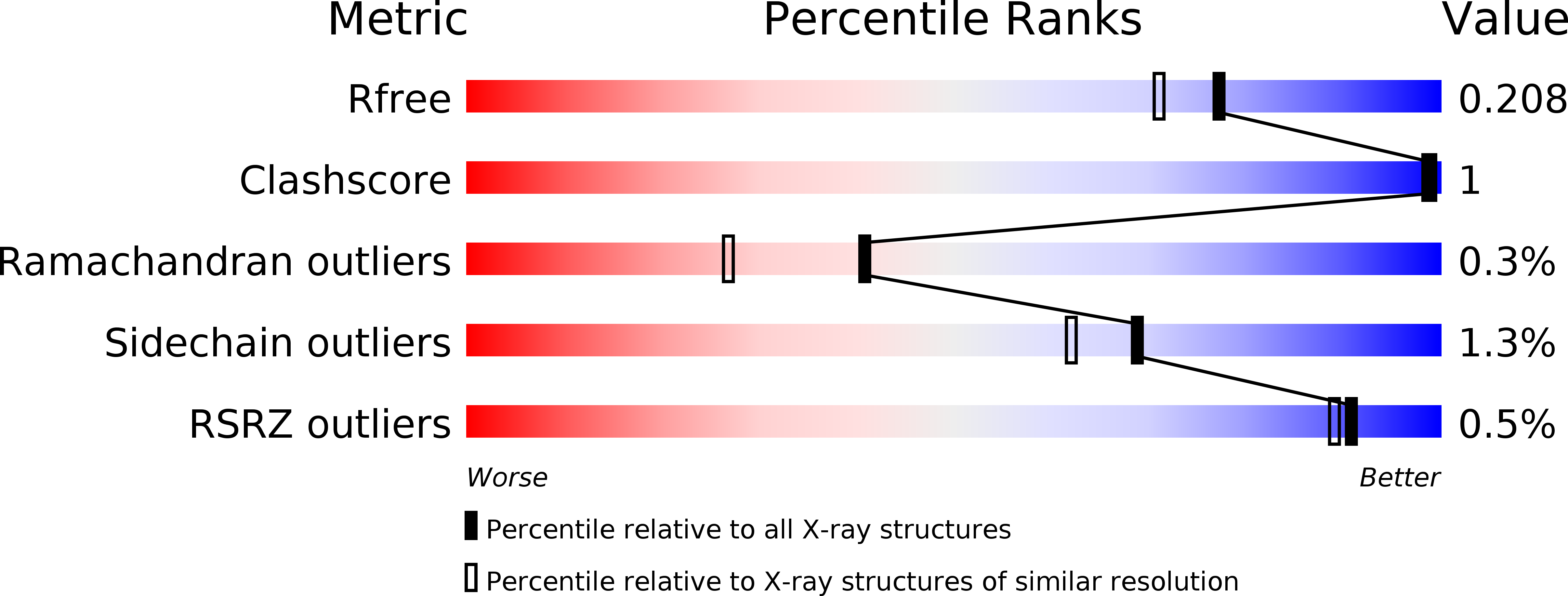
Deposition Date
2013-08-28
Release Date
2014-10-01
Last Version Date
2024-11-20
Entry Detail
PDB ID:
4C41
Keywords:
Title:
Corticosteroid-binding globulin with engineered disulphide bridge between residues 100 and 236
Biological Source:
Source Organism:
HOMO SAPIENS (Taxon ID: 9606)
Host Organism:
Method Details:
Experimental Method:
Resolution:
1.80 Å
R-Value Free:
0.20
R-Value Work:
0.17
R-Value Observed:
0.17
Space Group:
P 21 21 21


